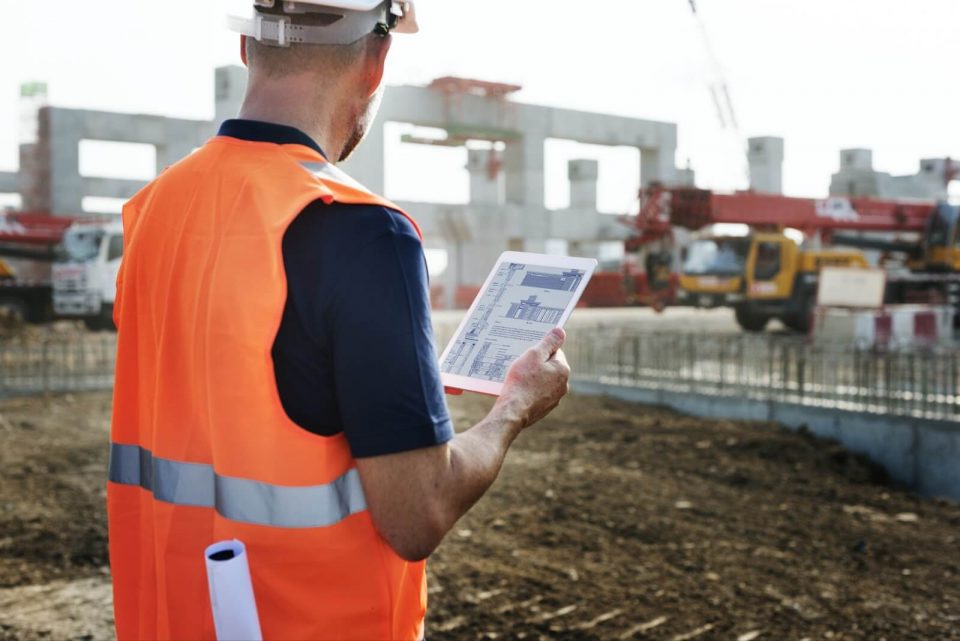The phases of a construction are those steps necessary to complete a civil work or building safely.
All construction, whether for building or civil works, consists of a project that progresses through various construction phases. These construction phases are preceded by several studies, the preliminary project, the technical project (which includes memory, plans and budget, among others) and the application and issuance of licenses that it is necessary to have before starting.
In addition, in all stages of civil and infrastructure construction —whether it is building bridges like the one in San Ignacio (Bilbao) , expanding subway tunnels like the Northern Line (London) or building a new highway like the Toowoomba (Australia )—, are accompanied by management and coordination techniques such as BIM and external audits such as ISO 9001 and ISO 14001.
Phase 1. Closure of the public space area
The first step in the execution of the construction project is to isolate the area in order to protect the general public. It often involves fencing and the construction of construction sites or offices to facilitate local management. These require equipment in services such as the electrical network, internet connection or a toilet area that facilitates hygiene and occupational health and safety.
Phase 2. Terrain and foundation
Train tracks, airports, dams. All civil engineering and construction infrastructure requires cleaning and leveling of the land in order to build a solid foundation that can withstand the loads of both final use and those that appear throughout the different phases of construction.
The foundation is a key point that must be calculated and executed accurately and with a high degree of quality. This element will be buried and will be very difficult to access later. The execution must be surgical, and the earthworks must have an environmental impact study.
Phase 3. The construction structure
All constructions and works have a structure or skeleton . In bridges it is easy to identify the pillars, or in buildings to see the prestressed concrete framework. On highways and roads, the pavement structure is made up of sediment layers such as the subgrade, subbase, base, and asphalt.
In this phase, the implementation of BIM methods , is essential to work on a three-dimensional virtual model at the same time that the execution of the work is carried out. Final quality and subsequent maintenance benefit from these digital techniques.
Phase 4. Construction facilities
The facilities are all those auxiliary elements that are not part of the structure but that will be needed during the useful life of the infrastructure. Gutters for water or drainage, ventilation ducts, fiber optic tubes or lighting network, among others.
If BIM modeling was already relevant in the previous phase, in this phase its full potential is observed when cataloging component by component. Throughout all stages of construction, periodic inspections are carried out, generally in the middle and at the end of each phase, to ensure the final quality.
Phase 5. Insulation and waterproofing
Perhaps one of the most important phases when it comes to ensuring the durability of the work is insulation against the elements and waterproofing , which will determine the future resilience of the structure. The behavior of water over the years is a factor that must be kept in mind in all civil works.
Phase 6. Finishes and closures
The last constructive items have an important visual weight, but they are also functional. Glassware, locksmith or carpentry fall within the finishing phase . It is the end of the construction work itself, although several quality inspections will be necessary for its closure.
